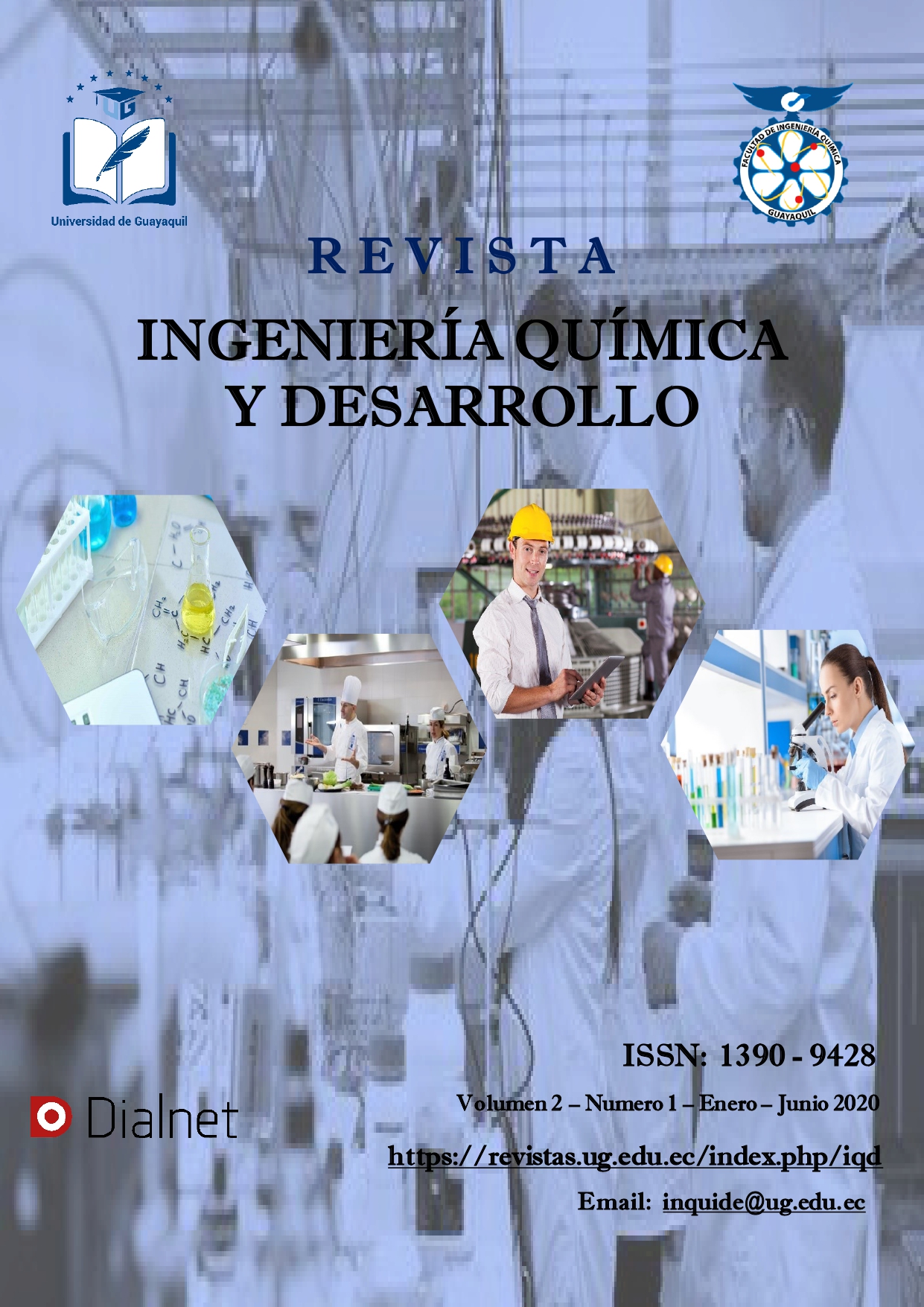The distritalización in Guayaquil: Innovation in the planning and the urban control of the city
DOI:
https://doi.org/10.53591/iti.v8i8.152Keywords:
cost benefit, districts, rate of population and territorial growth, structure tecnoAbstract
Toe debate between growth and the distribution of resources in the administration of cities is part of the evolutionary history of each city There are multiple ways to achieve efficient local administration in the distribution of public resources. These resources should be geared to favor the interests of different districts and to correct any type of imbalance, without excluding the investments necessary for global urban development. This paper proposes the establishment of a set of urban and administrative tools for local governments, with the aim of improving the cost-benefit analysis of urban development through the application of urban districts. These tools are based on the distribution of the population in the territory, to achieve a fair distribution of the resources.
References
El Nuevo Estado Industrial, Por John Kennetli Galbraitli, Fuente: Información Comercial Española 400-1966, Abril-1967 Boletín de Información Nro 15- VII.
Comunidad de Madrid: "Reglamento Orgánico de los Distritos de la Ciudad de Madrid", 80. 10/01/2005 Núm. 7 pp. 98-106.
Sevtsuk, Andrés: Diseño para el crecimiento y cambio. Massaclmsetts Institute of Teclmology, 2008.
Clos, Joan: "El poder transformador de la urbanización". HABITAT III.
Diagnoslico de la compe itividad de Guayaquil, Agenda estratégica de competitividad conresponsabilidad social y equidad de la ciudad de Guayaquil y su zona de influencia, IvanHernandez y Martin Velasco, agosto 2009.
Angus Maddison, Contours of the World Economy 1-2030 AD Essays in Macro-Economic History
"Estadísticas sobre la población mundial, el PIB y el PIB per cápita, 1-2008 AD", Universidad de Groningen; Banco Mundial; Organización Mundial de la Propiedad Intelectual.
Instituto Geográfico Agustín Codazzi: Guía metodológica para la formulación del plan de ordenamiento territorial urbano, aplicable a ciudades, Santa Fe de Bogotá, 1996.
Galbmith, Kenne h, John: Una sociedad mejor Critica, 1996.
Municipio de Guayaquil, se estima que la población flotante en el distrito central es de aproximadamente 1 000.000 hobs.
Manuel Ruiz-Linerosl - Carlos Marmolejo Duarte2 HACIA UNA METODOLOGIA PARA LA DETECCIÓN DE SUBCENTROS COMERCIALES: UN ANÁLISIS PARA BARCELONA Y SU ÁREA METROPOLITANA. Departament de Construcccions Arquitectimiques ICentre de Política de Sol i Valoracions. Universitat Potttécntco de Catalunya.2008.
Código Orgánico de la Producción, TITULO IV Zonas Especiales de Desarrollo Económico, 2010.
Torchópuios Sierra, Doris & Ceballos, Oiga Lucía: Formas de crecimiento urbano en Bogotá: patrones urbanísticos y arquitectónicos en la vivienda dirigida a sectores de bajos ingresos. Pontificia Universidad Javeriana, Bogotá, Colombia, 2002
Downloads
Published
Issue
Section
License
Copyright (c) 2016 Felipe Espinoza

This work is licensed under a Creative Commons Attribution-NonCommercial-NoDerivatives 4.0 International License.






